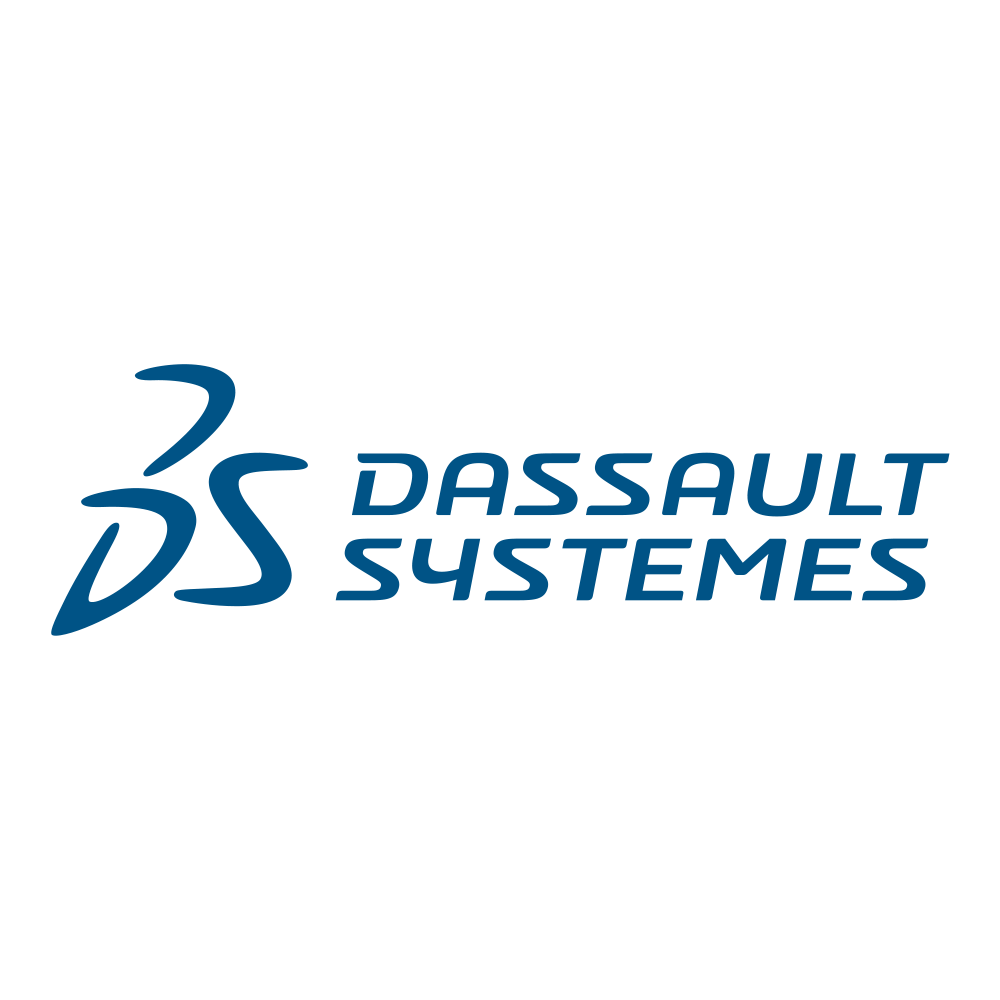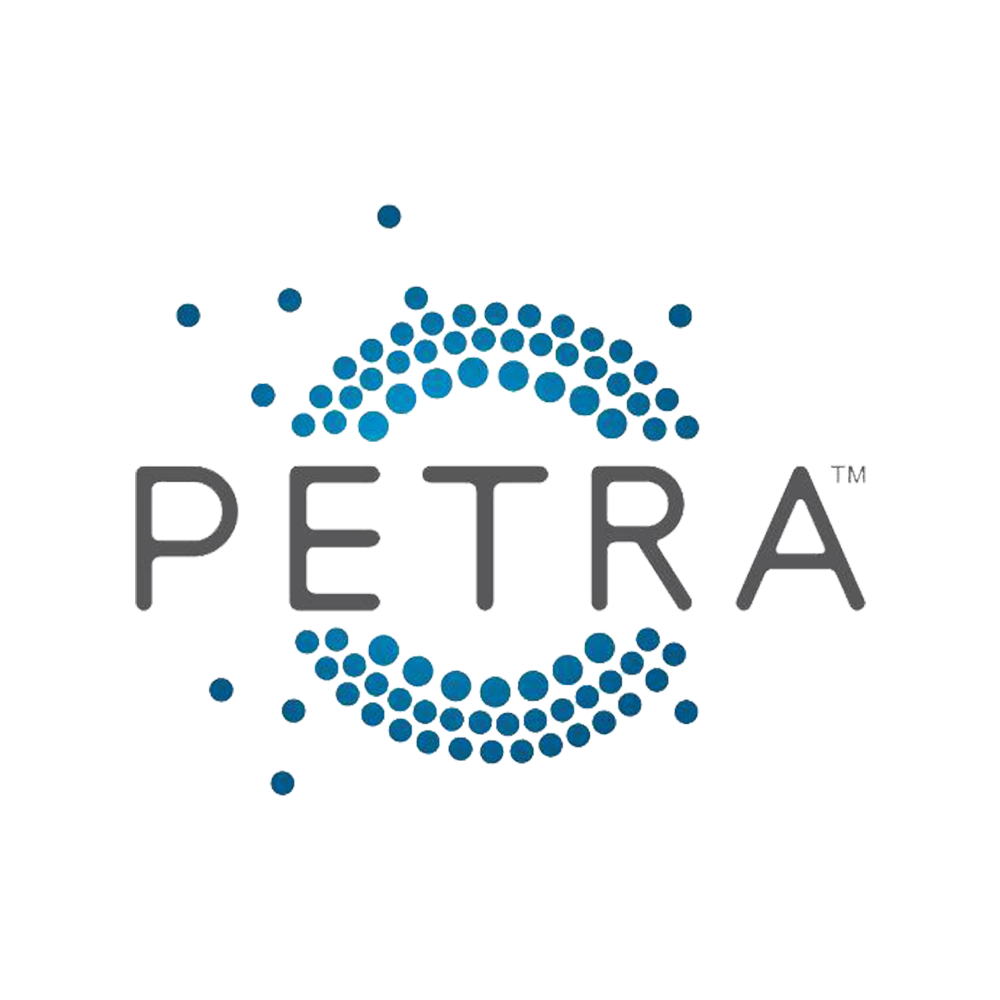Approach: Use conditional machine learning and/or stochastic predictive modelling with variable volume and time scales to link the resource to down-stream products.
This project is developing an integrated knowledge-based system based on data analytics, stochastic predictive modelling and/or machine learning that is being used for the monitoring, performance assessment and prediction of the mining and processing operations to contribute to optimising the entire value chain from mine to the final product.
Significant amounts of data are routinely collected on-site in mining operations and processing plants including, for example, drilling performance data, grade control and face samples, digging and hauling data, fleet management system data, crushing and milling performance data, and flotation and recovery rate. These data are rarely used in practice (e.g., mining operational data), or are used locally in isolation of the entire process (e.g., mineral processing data) (1).
This research project is establishing a framework to explore the operational context and learn the dynamic performance relationships in the various stages of the operation and integrate these relationships into a single digital twin like system (2). By collecting the data through the IoT (Internet-of-Things), the learning and integrating processes are being be done in near real-time so that the system can be used to help optimise the short-term operations including, for example, micro-adjustment of operational parameters, predicted maintenance or adapted design accounting for local conditions. The system is also being linked to potential long-term strategic optimisation of the value chain by examining the possibility and benefit of updating the resource model, altering the mine design and mine planning, and/or changing the mining and processing designs based on new information. The focus of the research is establishing the most significant performance components in the operational chain in terms of their impact on the entire mining system, not on the integration platform itself. For the latter component, the use of the Petra MAXTA digital twin (1), the CRC ORE Integrated Extraction Simulator (3), Matlab Simulink (4) and the Dassault Systèmes digital twin (5) are being explored.





